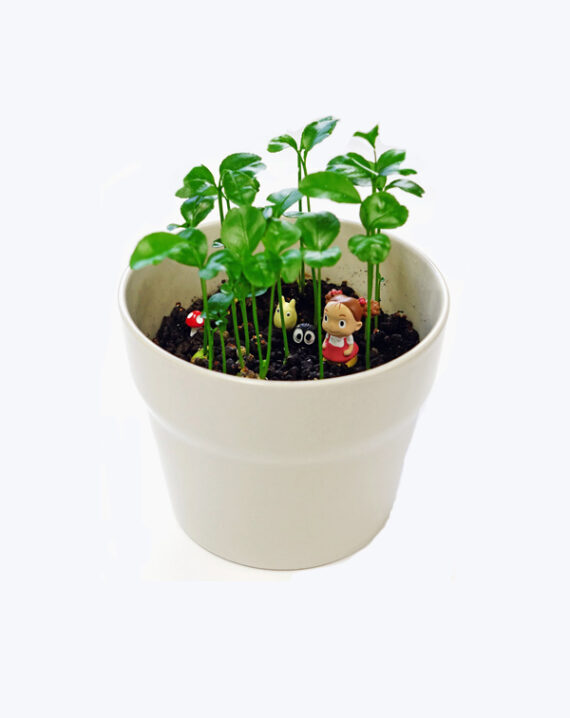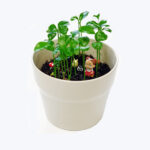Welcome to Beeplants
Size
Ultimate height
50
Ultimate spread
50 cm
Growing conditions
Well-drained soil
| Stem | Flower | Foliage | Fruit | |
| Spring | ||||
|---|---|---|---|---|
| Summer |

Yellow / orange
|

Green
|
||
| Autumn |

Yellow / orange
|

Green
|
||
| Winter |
Position
 Full sun
Full sun
Botanical details
WildLife
nectar-rich flowers attract butterflies and other pollinators
Additional information
drought and heat tolerant
Suitable for containers
Yes
Drought tolerant
Yes
Gaillardia “Arizona Apricot” is a compact perennial that grows up to 30cm high and bears large, daisy-like flowers in shades of orange and apricot from early summer. This plant can cope well in drought.
Be the first to review “Gaillardia × grandiflora” Cancel reply
Related products
£7.99
Monarda is also known as Bergamot and this variety bears interesting fluffy rich scarlet flowers that appear in early summer and flower all the way into autumn. This plant is very aromatic and retains its scent when dried. May need dividing every three years to revive the plant.
£5.99
This rare herbaceous plant has thin stems with wavy leaves that are topped by delicate cream and purple flowers shaped like little teacups. The flowers appear in spring and bloom all the way through to summer. This delightful plant is hardy and always grows back even after very cold winter weather.
£7.99
This native wildflower bears large white or pink flowers with a purple lower lip that sit on honey-scented foliage traditionally used in “Maybowl” beverages and retaining its fragrance once it’s dried. Melittis Melissophyllum is a very tough plant and can survive long periods of summer drought once it’s established.
£6.99
The flat flower heads of Achilleas are great for insects to land on and attract many pollinators, especially hoverflies. This variety is best grown in full sun and well-draining soil and looks great in the middle of a garden border. Division every three to five years will rejuvinate the plant.










Reviews
There are no reviews yet.